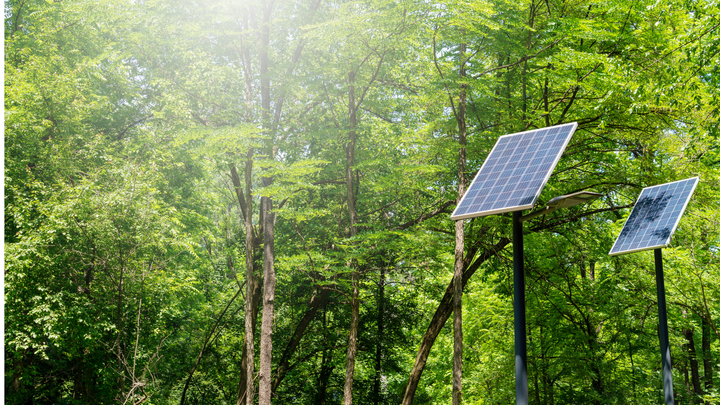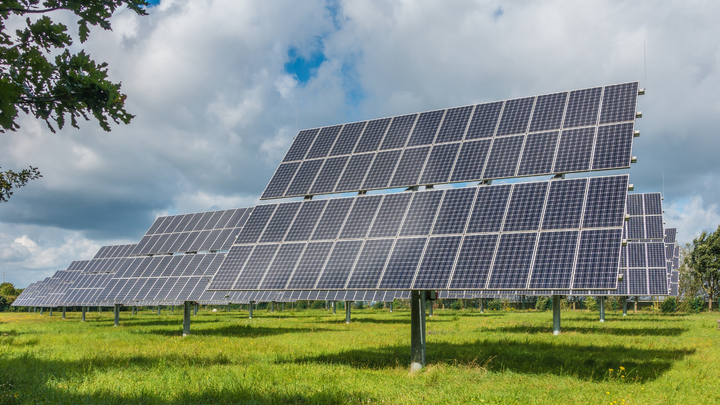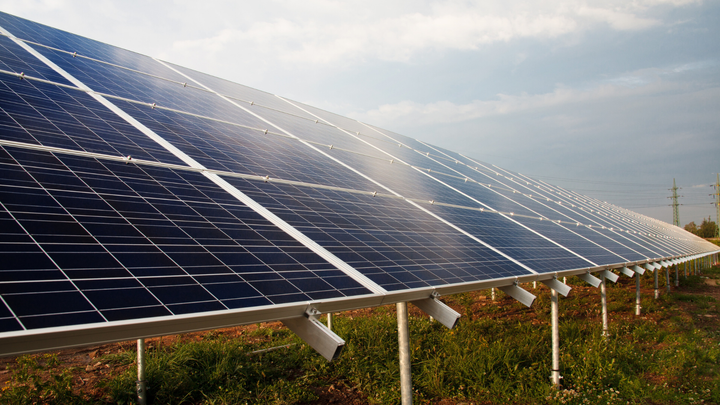Xi’an Researchers Highlight Dual Benefits of Gonghe Solar Farm in Desert Transformation

A groundbreaking study by researchers from Xi’an University of Technology reveals that the Gonghe Photovoltaic Park in Qinghai Province’s Talatan Desert does more than generate clean energy. The one-gigawatt solar farm improves soil quality, fosters vegetation growth, and creates a favorable microclimate, according to findings published in Scientific Reports.
Using the DPSIR model (Driving forces-Pressures-State-Impact-Response), the team analyzed 57 environmental indicators, such as soil composition, temperature, humidity, and biodiversity, uncovering positive interactions between the solar farm and its environment. The study found that areas beneath the solar panels scored a 0.4393 ecological health rating, compared to 0.2858 and 0.2802 for transitional zones and the surrounding desert, respectively.
Solar panels provide shade that lowers soil temperature and evaporation rates, increasing humidity and promoting vegetation growth. This process also supports microorganisms, enriching the desert’s ecosystem. Researchers highlighted that Gonghe Photovoltaic Park demonstrates how renewable energy development can simultaneously revitalize arid regions.
The study calls for long-term monitoring and careful site selection to maximize ecological and energy benefits, underscoring that solar farms could transform deserts into hubs of clean energy production and biodiversity. The findings pave the way for balancing renewable energy initiatives with ecological restoration, showing that green energy can actively enhance the environment.
Source: Glass Almanac



